Linear Algebra and Geometry 2
Much more about matrices; abstract vector spaces and their bases; linear transformations animated with MANIM
4.80 (247 reviews)
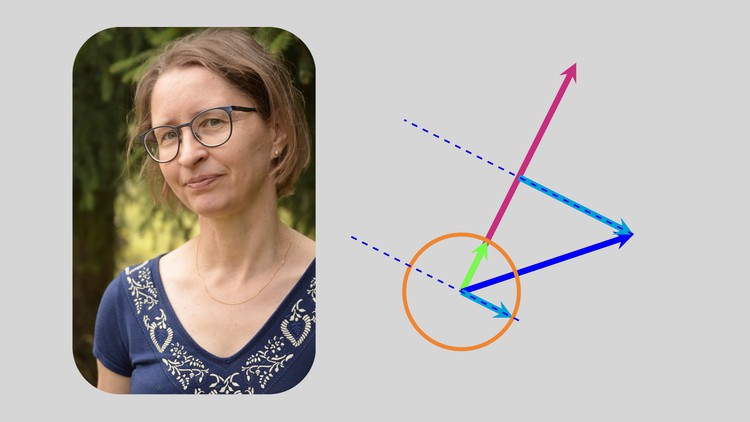
4,685
students
47 hours
content
Apr 2025
last update
$74.99
regular price
What you will learn
How to solve problems in linear algebra and geometry (illustrated with 153 solved problems) and why these methods work.
Important concepts concerning vector spaces, such as basis, dimension, coordinates, and subspaces.
Linear combinations, linear dependence and independence in various vector spaces, and how to interpret them geometrically in R^2 and R^3.
How to recalculate coordinates from one basis to another, both with help of transition matrices and by solving systems of equations.
Row space, columns space and nullspace for matrices, and about usage of these concepts for solving various types of problems.
Linear transformations: different ways of looking at them (as matrix transformations, as transformations preserving linear combinations).
How to compose linear transformations and how to compute their standard matrices in different bases; compute the kernel and the image for transformations.
Understand the connection between matrices and linear transformations, and see various concepts in accordance with this connection.
Work with various geometrical transformations in R^2 and R^3, be able to compute their matrices and explain how these transformations work.
Understand the concept of isometry and be able to give some examples, and formulate their connection with orthogonal matrices.
Transform any given basis for a subspace of R^n into an orthonormal basis of the same subspace with help of Gram-Schmidt Process.
Compute eigenvalues, eigenvectors, and eigenspaces for a given matrix, and give geometrical interpretations of these concepts.
Determine whether a given matrix is diagonalizable or not, and perform its diagonalization if it is.
Understand the relationship between diagonalizability and dimensions of eigenspaces for a matrix.
Use diagonalization for problem solving involving computing the powers of square matrices, and motivate why this method works.
Be able to formulate and use The Invertible Matrix Theorem and recognise the situations which are suitable for the determinant test (and which are not).
Use Wronskian to determine whether a set of smooth functions is linearly independent or not; be able to compute Vandermonde determinant.
Work with various vector spaces, for example with R^n, the space of all n-by-m matrices, the space of polynomials, the space of smooth functions.
Screenshots
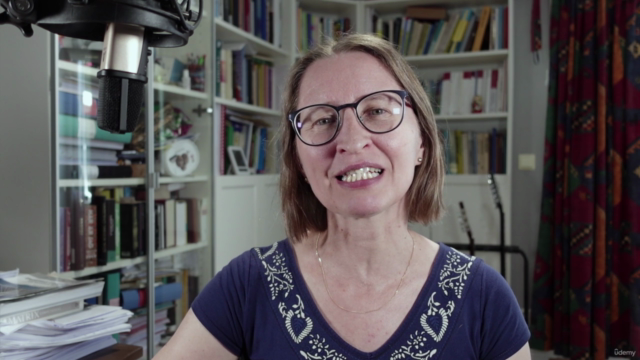
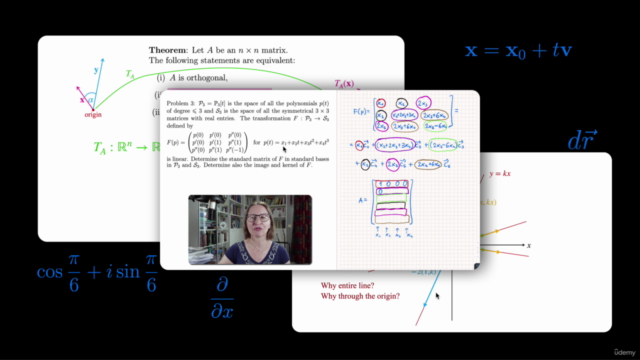
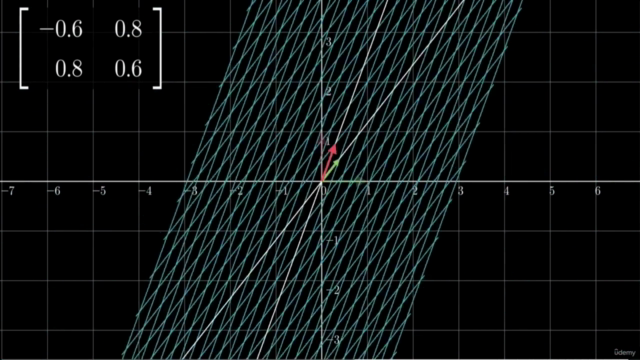
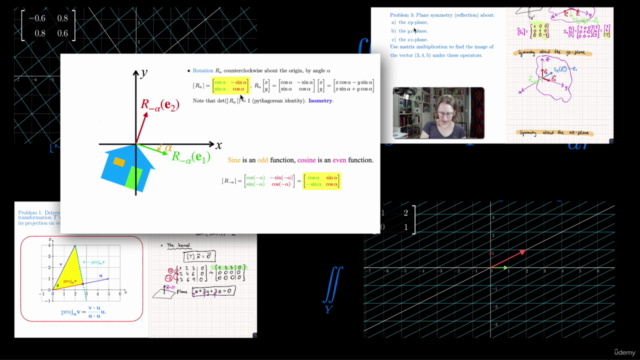
Related Topics
4166516
udemy ID
7/5/2021
course created date
7/27/2021
course indexed date
Bot
course submited by